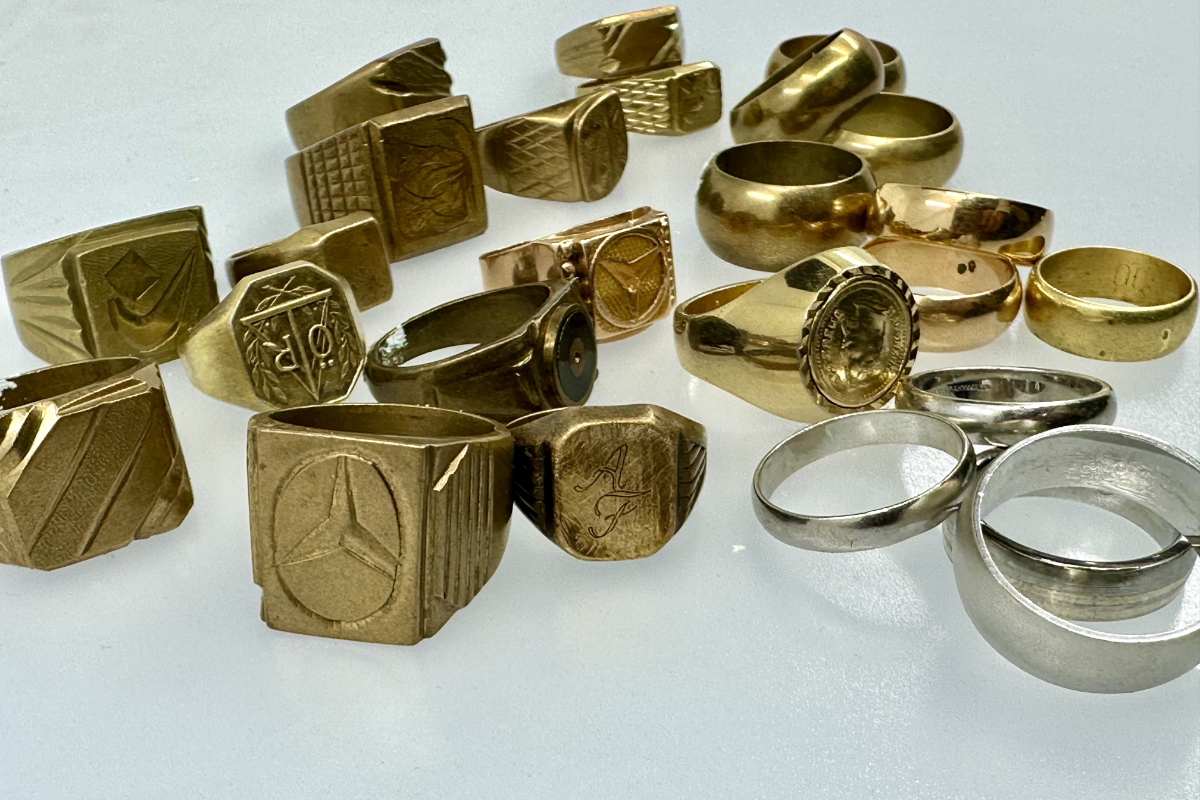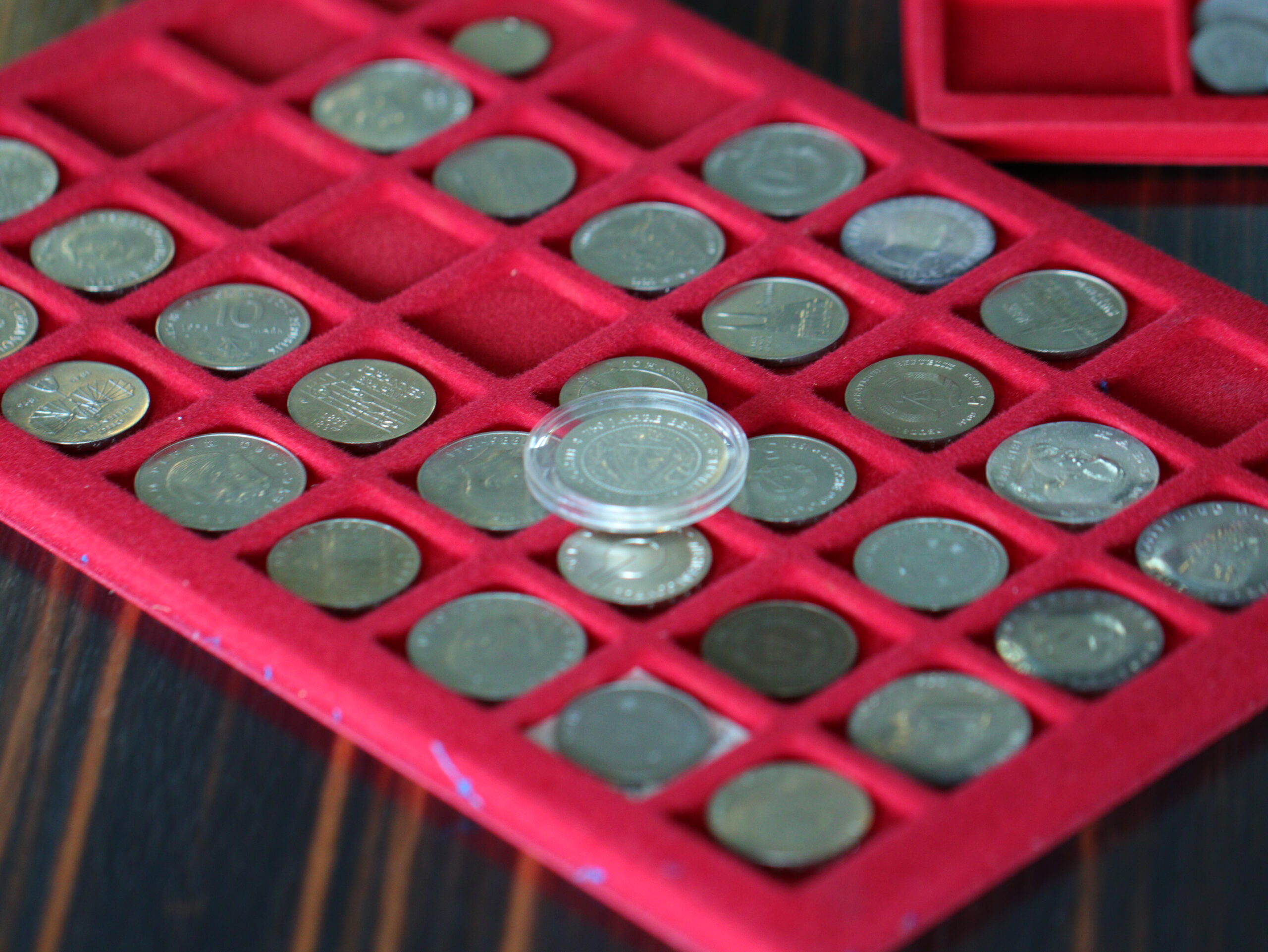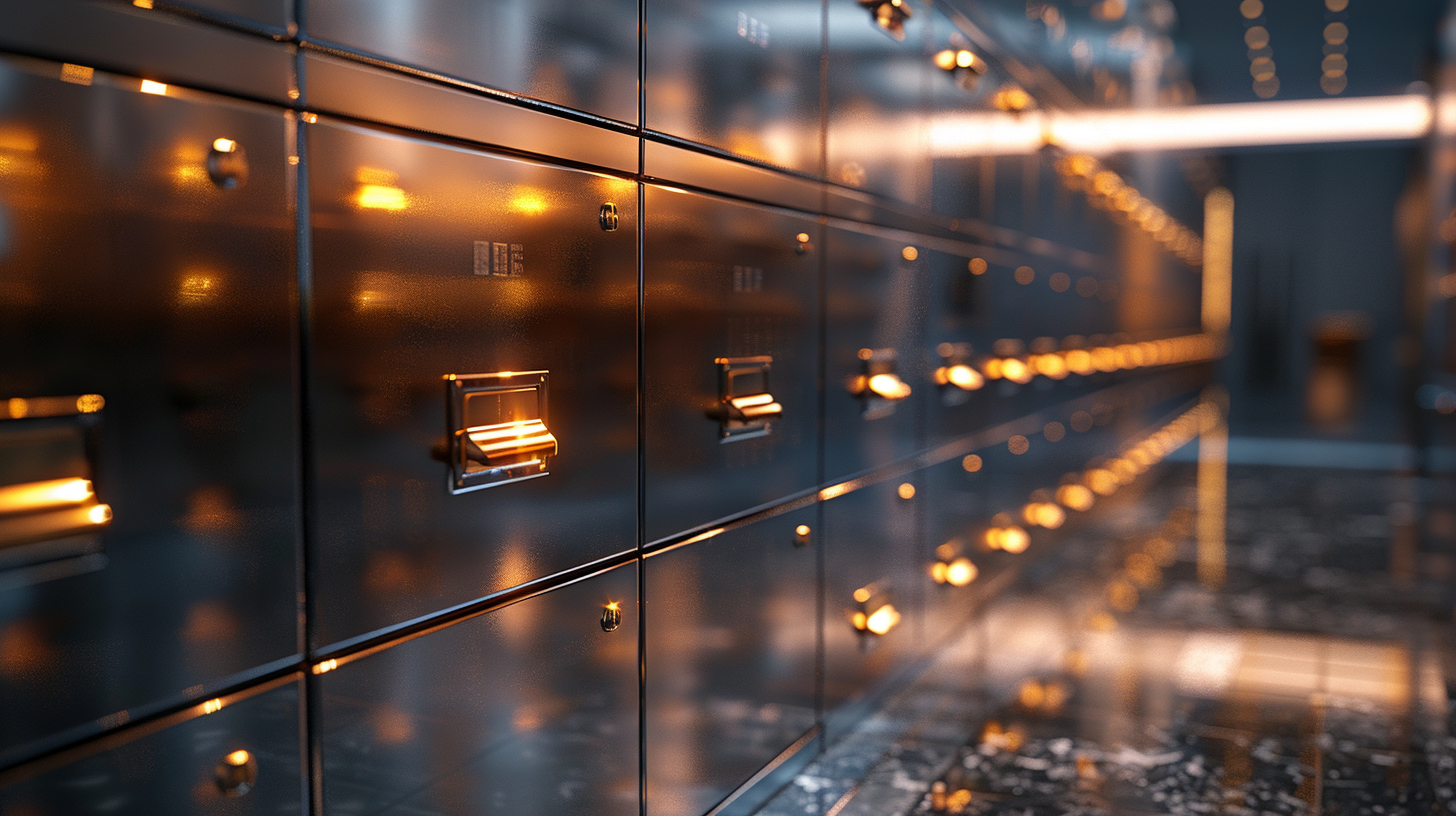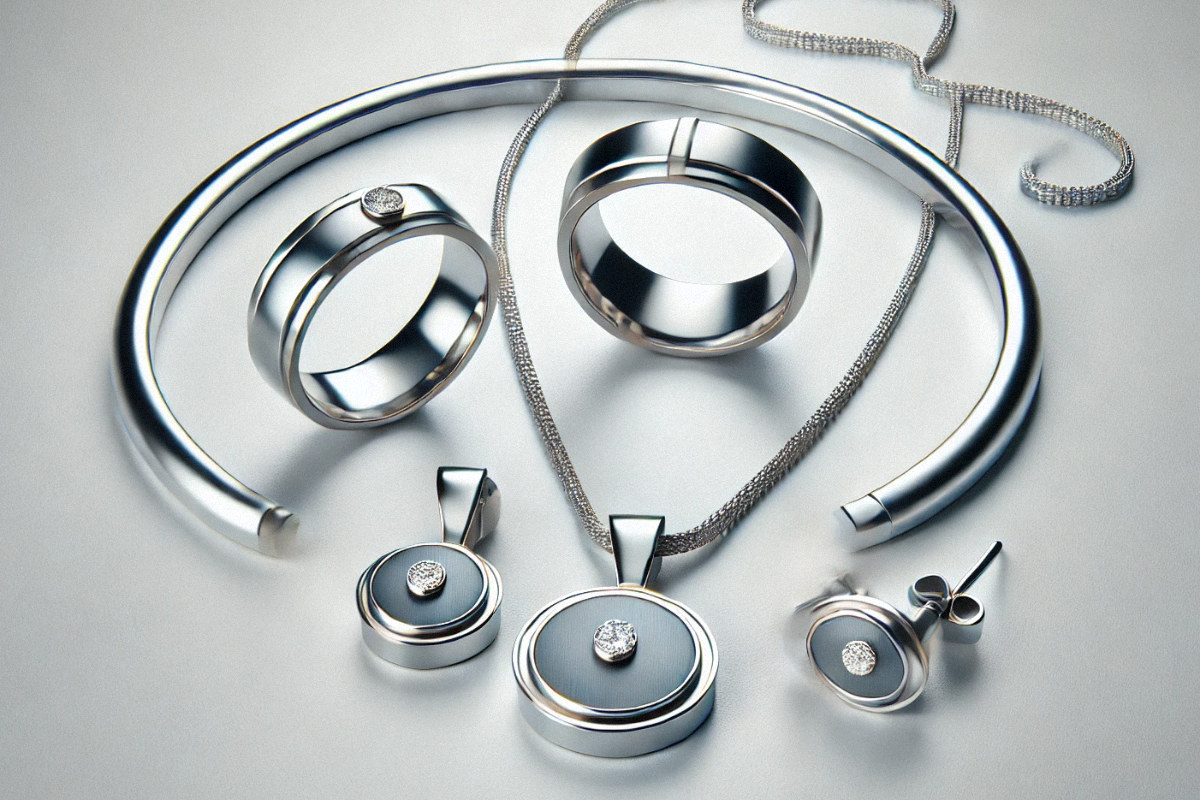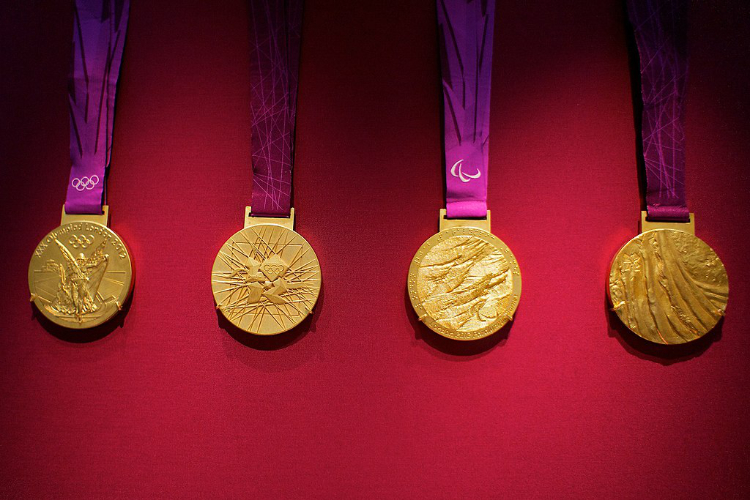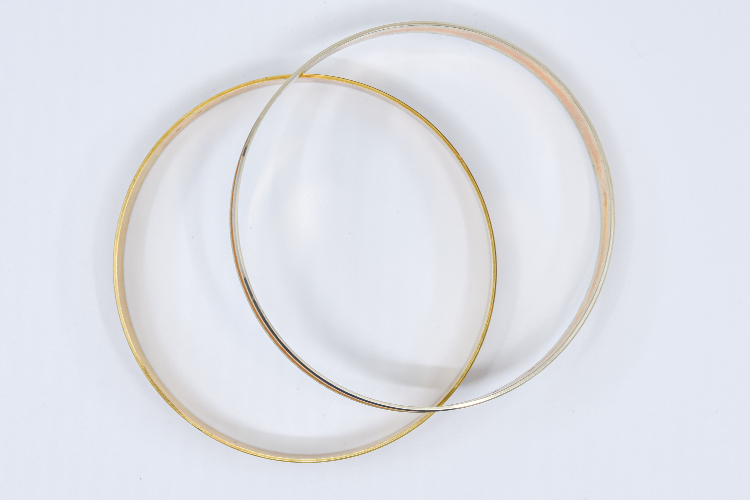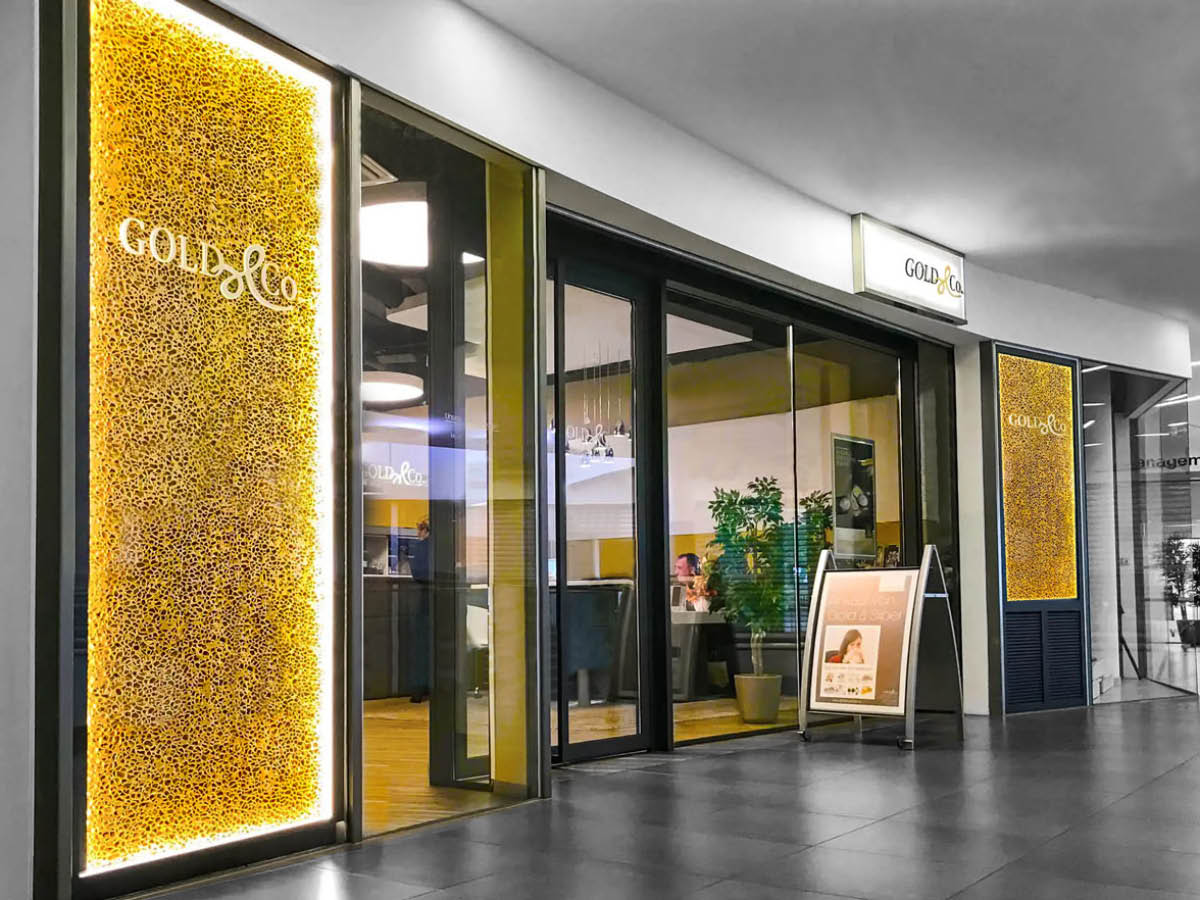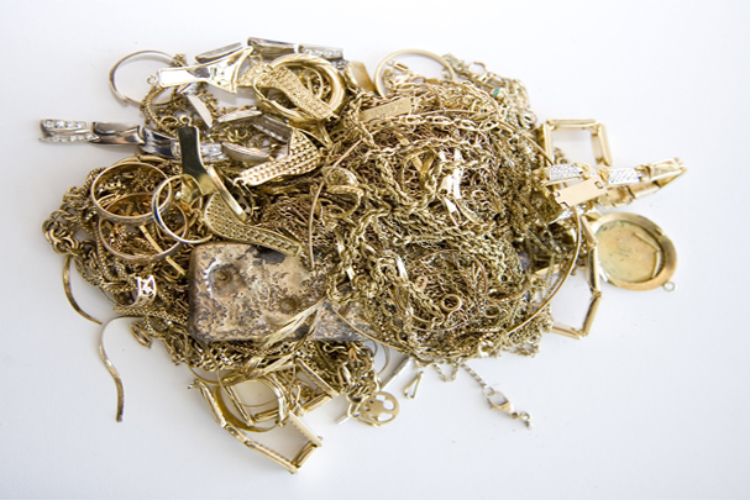
Gold was and is particularly valuable because it is a very rare element. The proportion of gold in the earth's crust is just 0.0000005 percent. Therefore, large quantities of rock have to be moved to extract even just a few ounces of gold. On a global average, one ton of ore contains around 5 grams of gold. The laborious mining process is only worthwhile because global uncertainty is increasing demand and driving the price of gold ever higher, thus covering the high extraction costs.
As more and more gold deposits are being exploited and the proportion of gold in the rock is decreasing, gold mining is also becoming increasingly costly and therefore less profitable. It is therefore no wonder that gold mining has long since ceased to focus solely on traditional mining and is increasingly turning to other methods of gold extraction.
Gold recovery or turning old into new
Around 3,268 tons of gold are mined worldwide every year. However, because much more is needed for the production of jewelry, coins and bars in the industry, a large proportion of the processed gold comes from scrap gold.
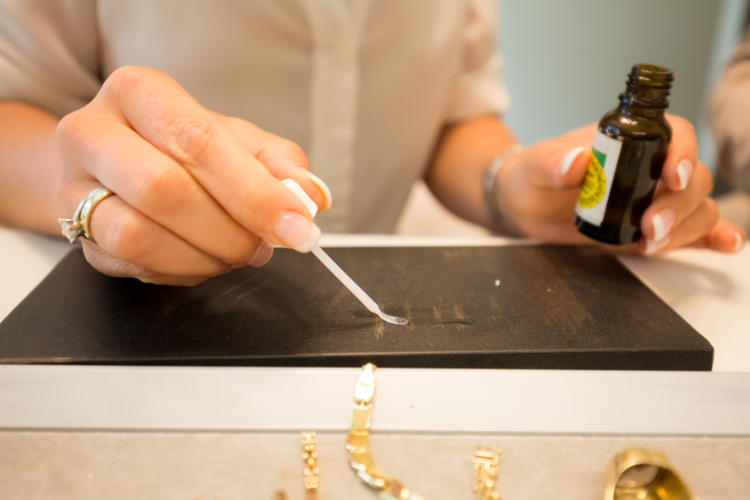
Gold dealers such as Gold & Co primarily buy old gold jewelry, gold bars and coins as well as other old gold in order to deliver it to refineries, which separate the precious metal from other components using physical and chemical processes and then melt it down.
The scrap gold is first melted. It is then granulated and dissolved in highly concentrated acids. Once all the metal has "dissolved", it can be precipitated and filtered in chemical processes. The fine gold obtained in this way is processed back into bars or gold granulate, which is then used as an investment product or as a raw material for industry and trade.
Recycling gold from electrical appliances
However, in addition to the gold deposits waiting to be discovered in the form of old heirloom jewelry and scrap gold in household drawers, the largest gold deposits are no longer found in the depths of the earth, but in scrap yards.
Electrical and electronic waste contains many valuable components. Although the quantities of precious metals per old device are small, old cell phones, computers and industrial equipment contain significantly more gold than many ore deposits. And the amount of electronic waste that accumulates year after year is enormous. In Austria alone, waste electrical and electronic equipment is estimated at around 77,400 tons per year. Worldwide, the figure may be as much as 52.2 million tons in 2021.
Cell phones and smartphones contain numerous metals such as tin, lithium, copper and lead, but also small quantities of precious metals such as platinum, gold and silver. Just 40 old smartphones can be used to "mine" about as much gold as can be extracted from a ton of ore - namely around 5 grams. The yield from one tonne of old computer circuit boards can even exceed 200 grams. As a rule, the older the technology, the higher the gold content of the components.
The metals gold, silver, copper, platinum and palladium contained in this amount of e-waste are estimated to be worth around 46.5 billion euros worldwide.
Nevertheless, electronic waste recycling is still in its infancy. While 90-100% of gold from jewelry and industrial plants is recycled, experts estimate that only around 15% of electronic waste is recycled.
Urban mining: gold from sewage sludge & crematoria
But it's not just our old appliances that contain gold and silver. The concept of urban mining sees the city with all its buildings, vehicles, things and people as a source of raw materials and a modern mine.
A study on gold in wastewater shows where gold can be found. Scientists found numerous precious metals in sewage sludge from wastewater treatment plants, including an average of 16.7 grams of silver and 0.3 grams of gold per ton of sewage sludge.
And the fact that urban mining does not ignore people as a source of raw materials is shown by the discussion among crematoriums about what should happen to the dental gold of the deceased during cremation.
Recycled gold = fair gold
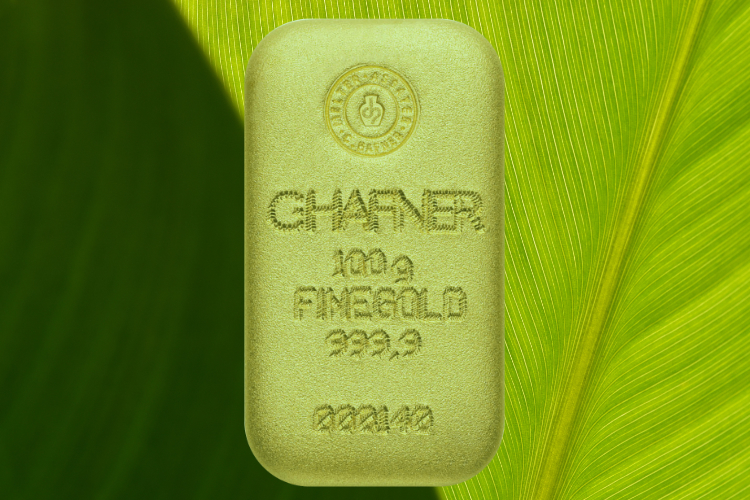
Recycled gold is a form of fair gold, if not the fairest gold. Although it is no longer possible to trace the circumstances under which the gold was mined in the past, except in exceptional cases, the most important thing is that this recycled gold no longer has a negative impact on the environment and society.
There is now also "fair trade gold" and gold with "fair mining" labels that stand for socially and ecologically responsible mining. However, as praiseworthy as this approach is, the mining of gold always remains an overexploitation of nature. Recycled gold, on the other hand, is already in the gold cycle and hardly burdens the system.

